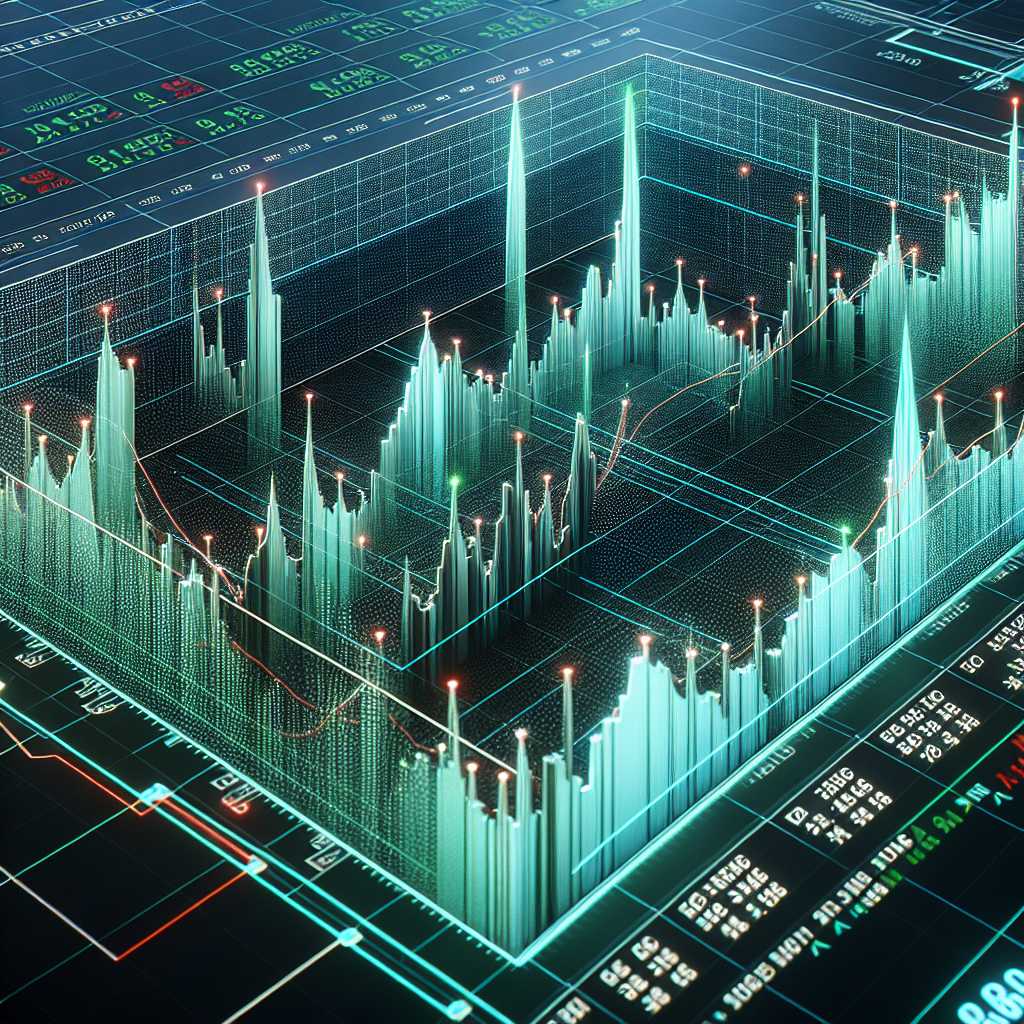### The Evolution and Significance of the Dow Jones Industrial Average
The Dow Jones Industrial Average (DJIA), colloquially known as the Dow, stands as one of the oldest and most closely followed stock market indices in the world. Established on May 26, 1896, by Charles Dow, co-founder of Dow Jones & Company, the index serves as a barometer of the performance of the industrial sector within the American economy and has subsequently evolved to represent the overall health of the US stock market and by extension, the economy.
History of the Dow Jones Industrial Average
At its inception, the DJIA comprised just 12 companies, most of them involved in heavy industry, reflective of an economy dominated by industrial might. General Electric is notably the only original member still part of the DJIA, although it has been removed and reintroduced to the index several times throughout history.
The DJIA initially was calculated based on simple averages, but over time it shifted to a price-weighted index where higher-priced stocks exert more influence. The Dow’s composition has changed 54 times since its creation, typically when a component company undergoes significant business changes or when broader economic shifts necessitate adjustments to remain representative of the industrial clime. These modifications are determined by the editors of The Wall Street Journal, which is published by Dow Jones & Company.
Components and Calculation Methodology
Unlike other indices that may track hundreds or thousands of stocks, the DJIA is composed of thirty blue-chip stocks, which are meant to represent leading companies within their respective industries. Its price-weighted framework means that stocks with higher prices carry more weight in determining the overall index level. The Dow Divisor—updated periodically to account for stock splits, dividends or changes in the roster—facilitates conversion from add-up stock prices into a meaningful aggregate measure.
Market Indicators and Economic Projections
Often synonymous with market performance, movements in the Dow provide investors and economics alike a rough assessment of market trends. Bullish trends within the index suggest investor confidence and economic growth; bearish movements may denote contraction or instability. Despite criticism that its limited sample size plus being price-weighted rather than market-capitalization-weighted means it doesn’t fully capture market performance, its extensive use and long-standing history hold significant weight.
Modern-Day Relevance of the Dow
In contemporary financial environments, diversification in indices and advancements in technology have produced numerous indices like S&P 500 and tech-centric NASDAQ Composite. These might present a more holistic picture of market performance than a compositionally static Dow; however, due to its historical connotations and public following, the DJIA continues to be highly referenced and respected among both financial laypersons and experts.
Case Study: Market Fluctuations
The DJIA has endured through World Wars, economic depressions, natural disasters, and more recently, global pandemics such as Covid-19 which demonstrated market vulnerabilities and robustness alike. These events pose gelid warning signs that an economy committed to growth can be significantly affected by worldwide crises affecting robust markets epitomized in indices like the Dow.
Criticism and Counterpoints
The DJIA receives criticism for various aspects including its composition criteria, which exclude important sectors like transportation and utilities (as these are covered in separate Dow Jones indices). Further criticism points to modern corporate structures—for instance, those focusing on digital services or consumer technology—being insufficiently represented due to alignment with traditional “industrial” sectors.
Future Outlook
With ever-evolving market structures, future modifications to the DJIA are anticipated. Monitoring shifts in economies privileging newer industries, it’s plausible that compositions will accommodate for transformative innovators yet unseen. How knowledge dissemination via global information networks may impact indexed averages like these remains to be rigorily studied.
Key Milestones
– The Great Depression
– Black Monday (1987)
– The Dotcom Bubble
– Financial Crisis of 2007–2008
– The Covid-19 Market Crash
Notes
Image Description: A digital stock market graph displaying fluctuations typically seen on a trading platform screen or financial news segment; pointers rising and falling along grid lines previewing numerical data in green (indicating rises) and red (indications for drops), with “DOW JONES” being prominently featured at top or bottom depending on design layout.

